Can Solar Panels Store Energy?
The question of whether solar panels can store energy is a common one among those considering the switch to renewable energy. Solar panels themselves do not store energy; they convert sunlight into electricity. However, the energy generated by solar panels can be stored using various methods, primarily through battery storage systems. This article will delve into the intricacies of solar energy storage, the types of storage systems available, their benefits, and practical considerations for homeowners and businesses.
Understanding Solar Energy Conversion and Storage
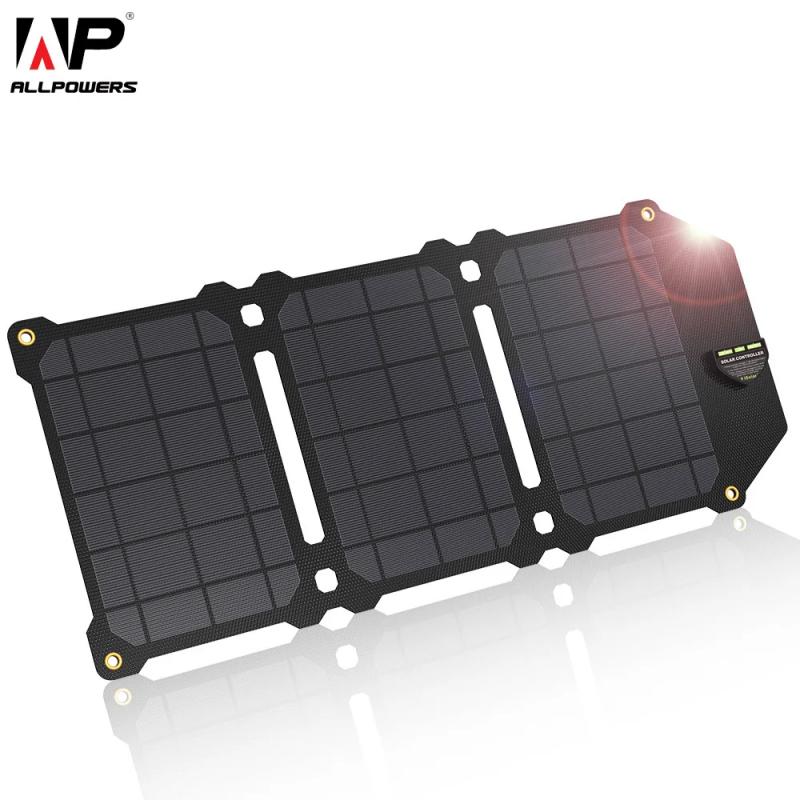
Solar panels, also known as photovoltaic (PV) panels, work by converting sunlight into direct current (DC) electricity. This electricity can then be used to power homes, businesses, or be fed back into the grid. However, solar panels only generate electricity when the sun is shining. To ensure a continuous power supply, especially during nighttime or cloudy days, an energy storage solution is necessary.
Types of Solar Energy Storage Systems
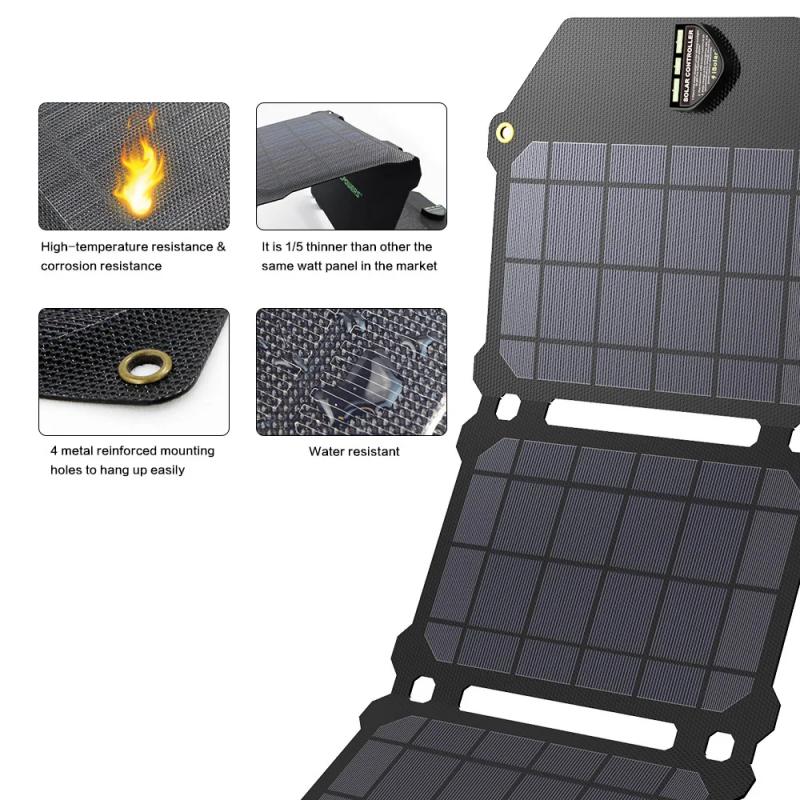
1. Battery Storage Systems:
- Lithium-Ion Batteries: These are the most common type of batteries used for solar energy storage. They are known for their high energy density, long lifespan, and efficiency. Popular brands like Tesla Powerwall and LG Chem are leading the market.
- Lead-Acid Batteries: These are older technology but are still used due to their lower cost. They have a shorter lifespan and lower efficiency compared to lithium-ion batteries.
- Flow Batteries: These are less common but offer the advantage of a longer lifespan and the ability to scale up easily. They are more suitable for large-scale storage solutions.
2. Thermal Storage Systems:
- These systems store solar energy in the form of heat, which can be used for heating water or spaces. They are less common for electricity storage but are useful in specific applications like solar thermal power plants.
3. Mechanical Storage Systems:
- Pumped Hydro Storage: This involves using excess solar energy to pump water uphill to a reservoir. When energy is needed, the water is released to flow downhill through turbines, generating electricity.
- Compressed Air Energy Storage (CAES): Excess solar energy is used to compress air, which is stored in underground caverns. When electricity is needed, the compressed air is released to drive turbines.
Benefits of Solar Energy Storage
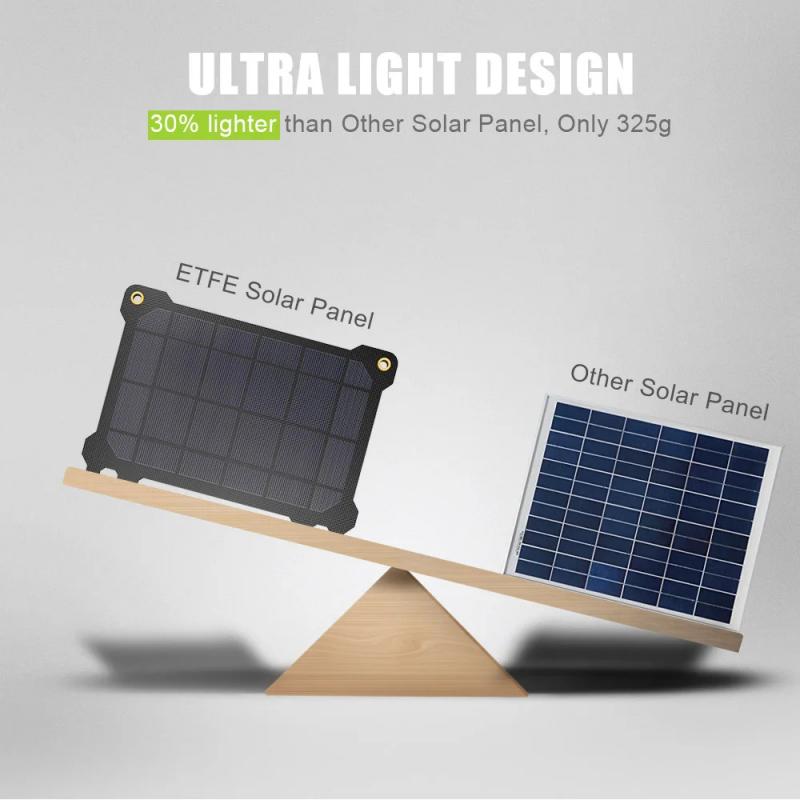
1. Energy Independence:
- By storing solar energy, homeowners and businesses can reduce their reliance on the grid, leading to greater energy independence and security.
2. Cost Savings:
- Storing solar energy can help reduce electricity bills by using stored energy during peak hours when electricity rates are higher.
3. Backup Power:
- In the event of a power outage, stored solar energy can provide a reliable backup power source, ensuring that critical appliances and systems remain operational.
4. Environmental Impact:
- Using stored solar energy reduces the need for fossil fuel-based power generation, leading to lower greenhouse gas emissions and a smaller carbon footprint.
Practical Considerations for Solar Energy Storage

1. System Size and Capacity:
- The size of the storage system should be based on the energy consumption patterns and the amount of solar energy generated. A professional assessment can help determine the appropriate system size.
2. Cost and ROI:
- While the initial investment in a solar energy storage system can be significant, the long-term savings on electricity bills and potential incentives or rebates can make it a worthwhile investment. Calculating the return on investment (ROI) is crucial.
3. Installation and Maintenance:
- Proper installation by certified professionals is essential for the efficient operation of the storage system. Regular maintenance is also necessary to ensure longevity and performance.
4. Regulations and Incentives:
- Local regulations and incentives can significantly impact the feasibility and cost-effectiveness of solar energy storage systems. It is important to research and understand the policies in your area.
Case Studies and Real-World Applications
1. Residential Applications:
- Many homeowners have successfully integrated solar panels with battery storage systems, achieving significant savings on their electricity bills and gaining energy independence. For example, a family in California installed a 10 kWh lithium-ion battery system, which allowed them to store excess solar energy generated during the day and use it during the evening, reducing their reliance on the grid.
2. Commercial Applications:
- Businesses are also adopting solar energy storage to manage energy costs and ensure a reliable power supply. A manufacturing plant in Texas installed a large-scale battery storage system, which helped them manage peak demand charges and provided backup power during outages, resulting in substantial cost savings.
3. Community and Utility-Scale Projects:
- Some communities and utilities are investing in large-scale solar energy storage projects to enhance grid stability and provide clean energy to a larger population. For instance, a utility company in Arizona implemented a 100 MW battery storage system to store excess solar energy generated during the day and release it during peak demand periods, improving grid reliability and reducing the need for fossil fuel-based power plants.
Future Trends and Innovations
The field of solar energy storage is rapidly evolving, with ongoing research and development aimed at improving efficiency, reducing costs, and increasing the lifespan of storage systems. Some promising trends and innovations include:
1. Advanced Battery Technologies:
- Researchers are exploring new materials and chemistries for batteries, such as solid-state batteries and sodium-ion batteries, which could offer higher energy densities, longer lifespans, and lower costs.
2. Integration with Smart Grids:
- The integration of solar energy storage with smart grid technologies can enhance grid management, allowing for better demand response and load balancing. This can lead to more efficient use of renewable energy and improved grid stability.
3. Second-Life Batteries:
- Repurposing used electric vehicle (EV) batteries for solar energy storage is an emerging trend. These second-life batteries can provide a cost-effective and sustainable storage solution, extending the useful life of EV batteries and reducing waste.
4. Hybrid Storage Systems:
- Combining different types of storage systems, such as batteries and thermal storage, can offer greater flexibility and efficiency. Hybrid systems can optimize energy use based on specific needs and conditions.
While solar panels themselves do not store energy, the integration of solar energy storage systems is essential for maximizing the benefits of solar power. By understanding the different types of storage systems, their benefits, and practical considerations, homeowners and businesses can make informed decisions about adopting solar energy storage. As technology continues to advance and costs decrease, solar energy storage will play an increasingly important role in the transition to a sustainable and resilient energy future.

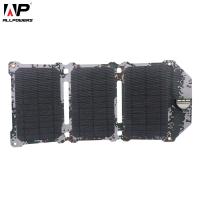
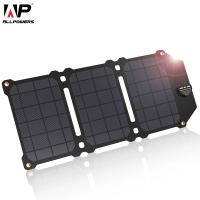

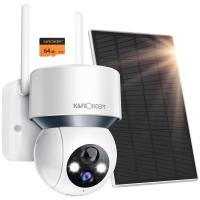



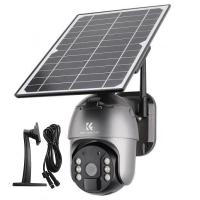
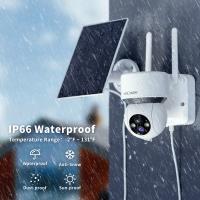
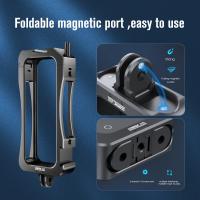





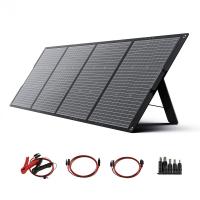
There are no comments for this blog.